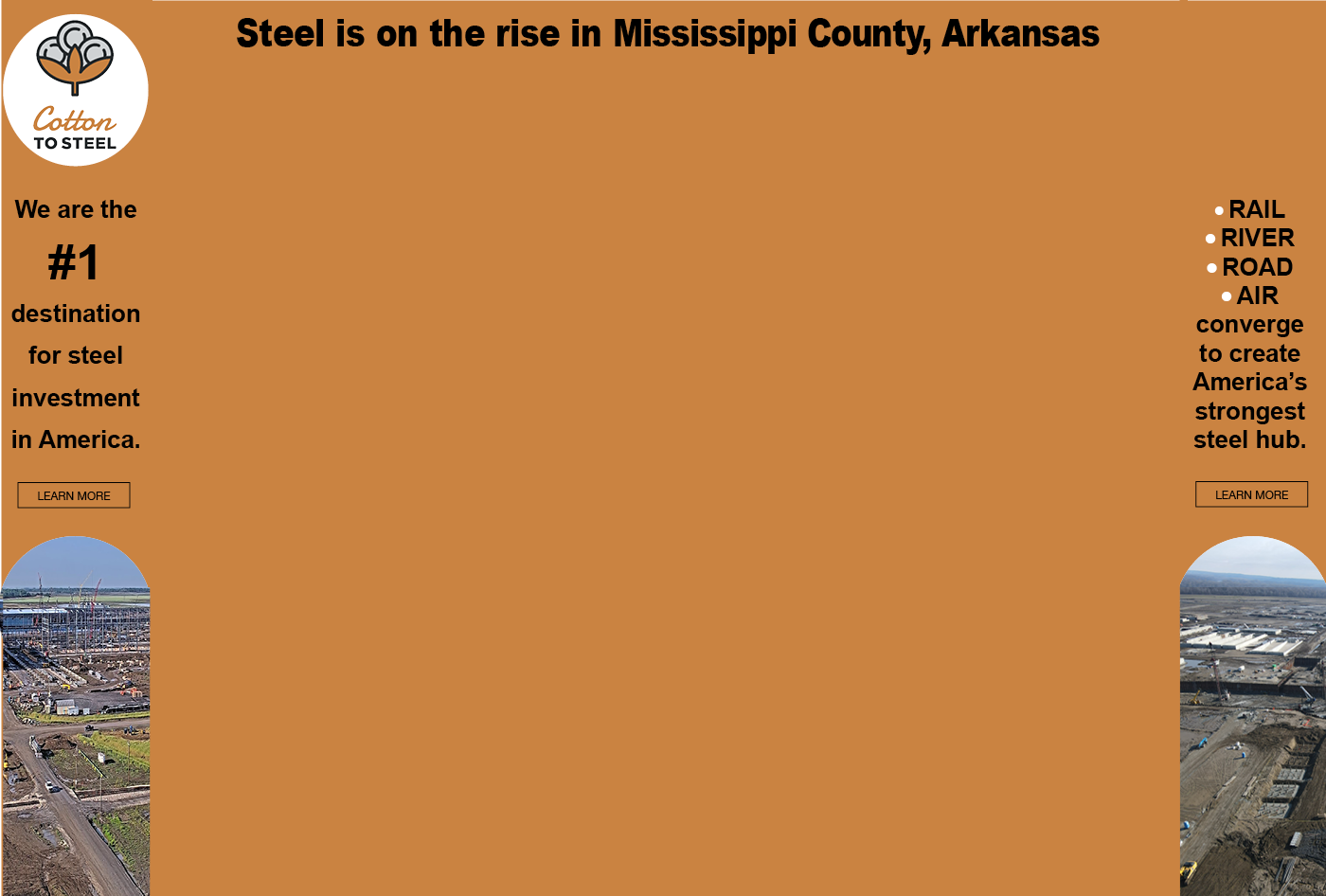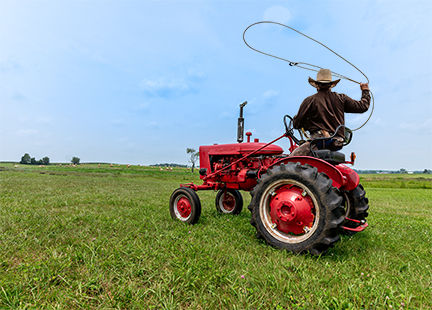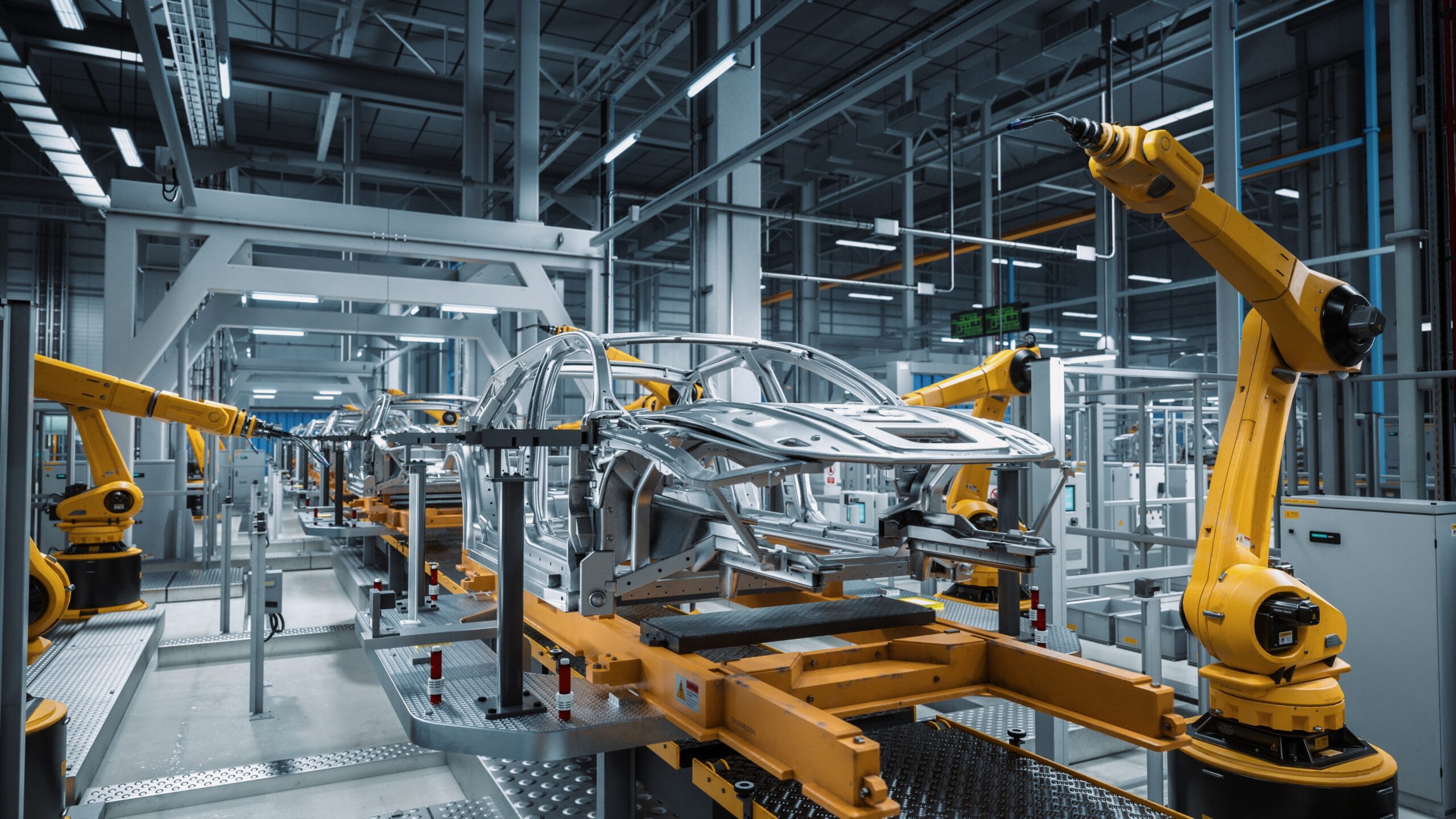By Michael Randle
The great musician Stephen Stills played and sang so brilliantly in Buffalo Springfield’s “For What It’s Worth.” That song came out in 1966 as a single, and then was later added to the band’s first album.
Stephen Arthur Stills was born in Dallas in 1945 and remains one of my favorite musicians. Stills sang, “There’s something happening here. But what it is ain’t exactly clear.”
The song “For What It’s Worth” was ranked in 2004 by Rolling Stone magazine as the 63rd best song in its “500 Greatest Songs of All Time.”
“For What It’s Worth” was written by Stills when the fledgling group was the house band at the Whisky a Go Go in Hollywood, Calif., in the mid-1960s. Of course, Crosby, Stills, Nash and Young were formed shortly after.
How is “For What It’s Worth” connected to the South?
The rural South, the poorest region by any measure of the largest economy in the world since this nation was founded, is experiencing an unprecedented resurgence within its multi-hued settings from Texas to Virginia and thousands of the least populated communities in between.
That resurgence or what it is “ain’t exactly clear” yet. But the reason “something is happening here” in the South’s rural regions is becoming clearer by the day. And what “it’s worth” is approaching half a trillion dollars.
In fact, in economic development terms, the rural South is now the “wild, wild west.”
A rural community is defined as one with 50,000 residents or less. Shown here is Waynesboro, Va., population 22,500.
Manufacturing investments being made in the hundreds of billions
Investments in manufacturing projects announced since the beginning of 2021, by our count, total over $250 billion (that is with a “B”) in the rural South. That total does not even count the many smaller deals — defined as $29.99 million or less for a project.
Why do we use $30 million as a threshold for our data? State economic development leaders in the South do the same. If a local development team is close to landing a capital investment of $30 million or more, the leader of that team can use the state plane during the recruitment process (at least for some states in the region).
What is a “rural community”?
So, that defined, how do we designate or determine what is a rural community or county? Simple. It is a community or county of 50,000 residents or less. That is our definition of a rural community in the South. Of course, the $250 billion tally in deals announced in the rural South in less than three years doesn’t even count investments made in communities of more than 50,000 people.
So let’s add a few billion to that total of $250 billion for the “little” investment deals made in the rural South since January 1, 2021. With that, we are talking on average about $10 billion in deals announced a month, in 30 months. Incredible!
The rural South has never seen anything like what is happening now
Never before has “Small Town South” seen anything like what it is experiencing now in massive capital expenditures by private and government sources. It is being pushed by ambitious projects in steel, aluminum, aerospace, solar, wind and next-generation automotive — electric vehicles.
The electric vehicle parcel of this massive amount of capital spending by private industry is notable. More like historical. Maybe even sui generis! But is it sustainable? With this amount of money on the table, it better be!
Liberty, N.C., population 2,676, is the chosen site where Toyota will make EV batteries to the tune of over a $5 billion investment and 2,000 jobs.
Megasite madness in 30 months
In more than 40 years of writing about economic development in the region, I have never witnessed almost every megasite available in the South purchased within a time frame of 30 months or so.
Some of those sites, like the Glendale, Ky., megasite, where Ford and SK are building their campus, sat idle for more than 20 years. I know. I’ve walked them, some more than 30 years ago.
The Liberty, N.C., site, where Toyota will make EV batteries to the tune of over a $5 billion investment and 2,000 jobs. . .I’ve walked that site, too. I still hold dear a photograph that was emailed to me from the owner of one home that overlooks that site. She (will remain nameless) took the photograph from her back deck.
Who was in the photograph? Why, none other than former North Carolina Secretary of Commerce Jim Fain and former Toyota site selection boss Dennis Cuneo. We even gave the homeowner the camera and telephoto lens that she used to take the photo. That was in 2000!
Reshoring is also real now
It took more than 13 years to gather steam, but finally this surge in investments in the South, rural or not, is being driven by reshoring (Boston Consulting Group and Southern Business & Development, 2011) and “clean projects” prompted by federal tax incentives and loans for green energy, such as electric vehicles.
Reshoring is simply a correction of a supply chain that went awry as manufacturers decided to offshore production to cheaper locations, specifically Asia, in the ’80s and ’90s.
Most of that phenomenon of the free trade era hit the South the hardest in the 1990s with plant closures and such. If you recall, it was Ross Perot who gave us the wonderful quote, “giant sucking sound” to describe what he believed would be the negative effects of the North American Free Trade Agreement, which he opposed.
A newspaper reporter was swept by a tsunami at Kamaishi port in Japan on March 11, 2011. He managed to survive by grabbing a dangling rope and climbing onto a coal heap, but another 20,000 people weren’t so lucky. The massive quake disrupted supply chains from Asia to all places on the globe, especially to the United States.
Supply chain reverses
It all began in 2011 with the earthquake and tsunami in Japan.
Called the Great Sendai Earthquake or Great Tohoku Earthquake, the magnitude 9.0 quake on March 11, 2011, was felt in Russia and China. The quake and tsunami generated waves of 11 to 12 feet in Hawaii more than 3,000 nautical miles away. Nine-foot waves were created in California and Oregon from the Japan disaster.
About 20,000 people along the coast of Japan lost their lives. Three nuclear plants in Japan, most notably Fukushima Daiichi, leaked radiation that to this day is easily detectable in much of the Pacific Ocean.
Over 100,000 workers were mobilized to deal with the crisis. Hundreds of thousands were displaced from their homes. Needless to say, the massive quake disrupted supply chains from Asia to all places on the globe, especially to the United States.
CEOs — many of which had made the decision to manufacture products for North American consumption on the other side of the globe in an effort to cut costs — began to ask, “So, why are we making products halfway around the world to sell here?”
As a result, the term “reshoring” (which is technically still not a word) was born.
Foreign direct investment
Perhaps “global” is the correct word when it comes to describing economic development on this scale. Foreign companies and their billions in investments (FDI) are carrying the rural South’s banner when it comes to job generation and capital spending.
The foreign automotive manufacturers assembling light vehicles in the Southern Automotive Corridor include Hyundai and Kia (South Korea); Nissan, Toyota, Mazda and Honda (Japan); and BMW, Mercedes-Benz, Volkswagen and Daimler (Germany). Then there is Volvo, which has been owned since 2010 by Zhejiang Geely Holding Group, based in China. Since the 1980s, those foreign automakers have been at the forefront of the rural South’s economic rebuild in the form of parts suppliers and others supporting their massive assembly plants in the South.
Domestic automakers are moving to the South with billions of investment
Interestingly enough, domestic giants like Ford and GM are also moving the vast majority of their next-generation investments into the Southern Automotive Corridor and not to the Midwest, where they were founded in the first decade of the 1900s.
Yes, the Midwest, where automotive began, is being given a parting gift here and there. But the South is racking up. What’s more, they have all been made post-COVID, or, in roughly a little more than two years.
EV startups
Another buzz of late are the electric vehicle startups — truly a grand game changer if they are sustainable. Those are companies like Rivian (Georgia and Kentucky), Canoo (Oklahoma and Arkansas) and Vinfast (North Carolina) for example. How they fare in coming years will help determine if there is room for more than the foreign and domestic automotive giants in what is really a brave new world in mobility.
In this transition, one of the major players is without question SK Group, an electric vehicle battery maker (among other things) headquartered in South Korea that seems to have THE answer to all things electric for both foreign and domestic automakers. Why? SK has contracted with just about all of them as this new age of electrification is born.
A transformational period
The transformation of the rural South’s economy has happened so fast that even now it is hard to wrap your arms around, much less your mind. Multi- billion-dollar investments are like that, and no one has seen this many billions spent in the rural South in history.
That history has always been one of a brick-by-brick ascension, many times followed by a total collapse and demolition. Then, after a collapse, it seems to be followed by another comeback.
The soul of the rural South never seems to quit, though. When everything appears to be lost, the South’s runt-of-the-litter economies continue to rebuild.
And many rural communities have shone because of that ability to realize the right things to do: educate their young people and invest in attracting industry (such as industrial sites). Community development and improving their central business districts are also attracting others to their labor shed.
The rural South’s second economic revolution
To find an equal to what is occurring now in the South’s small towns and counties, one would have to go back a while, like in the 1930s to the 1980s, when industries like textiles and apparel ruled the roost in the South’s poorest places. Many of those relocated down here from costlier locales in the Northeast and Midwest.
At the time, that industry sector was essentially a savior for the rural South. Not as much as in prosperity creation, but in maintaining and lifting up millions of poor people living in the American South.
Much has been written about that period when the majority of those low-wage textile and apparel employers left in a herd mentality to even lower wage places such as China and Mexico. When that happened, the rural South lost 10 steps to the five it had gained since shortly after the Civil War in capturing all kinds of simple manufacturing that propped up some parts of the region for a century.
Southern Automotive Corridor, 2.0
Starting in the mid-1980s, however, one industry began to call the South home more so than in previous decades. It is now the South’s biggest industry by far. For eight decades or more in the 20th century, that industry was almost completely clustered in the Midwest, specifically the state of Michigan.
That, of course, would be automotive manufacturing. More importantly, automotive final assembly factories of such vast size that they can house thousands of workers at wages never seen in the South’s rural regions at the time.
There is some debate about when the Southern Automotive Corridor planted its flag. You can go back to the 1940s, when the domestics had plants here. Really, even before then as the domestic automakers ventured out from the Midwest to just about every region of the U.S. Almost all of those are closed now. . .plants in Atlanta, Shreveport, Oklahoma City and Dallas back in the day.
It wasn’t just the South where those plants were vacated. They were also closed in the Midwest, Northeast and the West. Today, you would be hard pressed to find an automobile to buy that was not made either in the South or the Midwest, if not exported from Mexico, Canada, Asia or Europe.
Essentially gone were the low wages provided by textiles and apparel, although, as a result of reshoring, some of those jobs are coming back. The textiles and apparel jobs were then replaced by automotive industry jobs of higher wages.
Five steps were gained when the automotive industry came to the South. Now, with the billions being spent by the EV industry, it could just be that the rural South is stepping up like never before.
The electrification of the world
This new generation of clean energy investments is so much more important to the future of the rural South than when small towns attracted large employers back in the day. Then, those same towns saw their largest employers vacate, most of which made towels, t-shirts, jeans, you name it; thousands of manufacturers in the South made them all.
I remember one person in Virginia telling me in the early 2000s, “We would always know what color the towels that were being made at the mill on any given day by sitting on the bridge of the creek when the water would turn blue, green or red.”
Ironically, those industries, which were unrestricted for the most part until the Clean Air Act and Clean Water Act were implemented by the federal government in the early 1970s, are now being replaced by green energy projects 50 years later.
The Inflation Reduction Act is forcibly accelerating reshoring
One of his most far-reaching accomplishments since taking office, President Biden signed into law the Inflation Reduction Act in the summer of 2022. The law is designed to boost the renewable energy sector, lower prescription drug prices and add new taxes on large corporations. For the most part, to date, it has done that, even though many of the benefits will not kick in for years.
Biden said in August 2022, “The American people won and the special interests lost.” In response, Republicans were documented saying that the Inflation Reduction Act would not reduce inflation. However, inflation has dropped from about 7 percent in 2021 to just under 5 percent in May of this year. It “ain’t exactly clear” if the Inflation Reduction Act had anything to do with that drop.
While inflation remains high, the Inflation Reduction Act has obviously had something to do with rapidly expanding investments in green-based projects in the South. The tax credits are performing way beyond expectations with companies near and far committing billions in clean-energy projects in the region.
I found these well-written paragraphs about the clean energy industry and the tax credits from the Inflation Reduction Act in a recent Wall Street Journal article on our aggregator, RandleReport.com.
“WASHINGTON — Green tax credits from last year’s climate law are likely to be far more popular than anticipated, potentially reducing carbon emissions — but also increasing costs to U.S. taxpayers, according to an emerging consensus of government and private-sector forecasters.
“Buyers of electric vehicles and clean-energy producers could claim tax credits worth hundreds of billions of dollars more than lawmakers expected when they passed the Inflation Reduction Act, recent estimates from Goldman Sachs Group Inc., researchers at a Brookings Institution conference and the White House Office of Management and Budget suggest.
“Our estimates reflect the enthusiasm that the global industry has shown to invest in. . .EVs, renewables, clean hydrogen, carbon capture and bioenergy as a result of the clear, attractive, long duration incentives,” said Michele Della Vigna, author of Goldman’s Carbonomics report.
Conclusion
Let us all take this in. We are seeing multiple billion-dollar projects announced in the South, mainly by the next generation of mobility — electric vehicles.
Will you buy one? Of course you will at some point. There is just too much money moving in that direction. You will be forced to buy an electric vehicle in an effort to “save the planet.” It could be that. Or not.
That vehicle you will be forced to buy will most likely be made in the Rural South. At this point in this massive economic transition there is no doubt “There is something happening here. But what it is ain’t exactly clear.”













